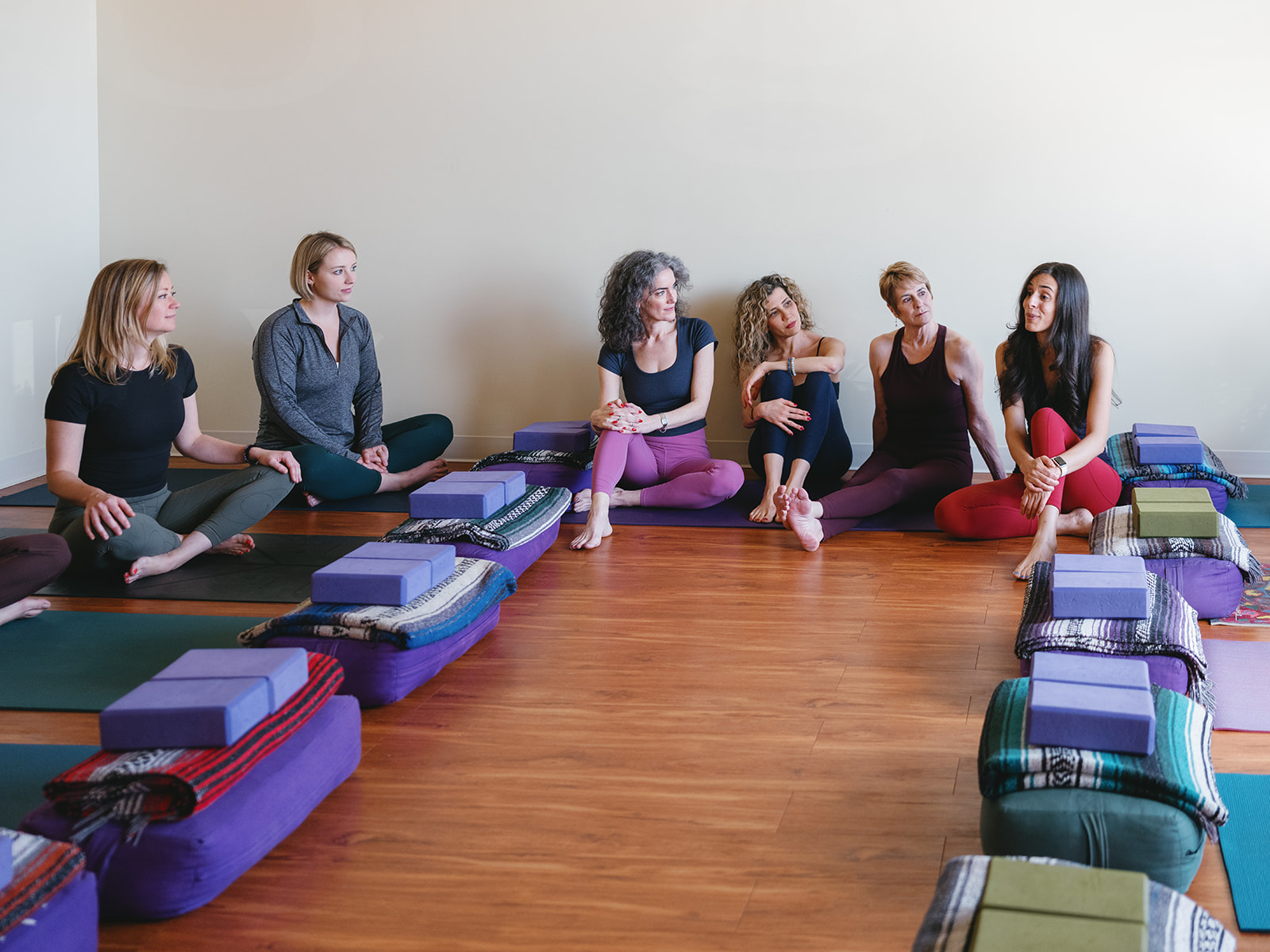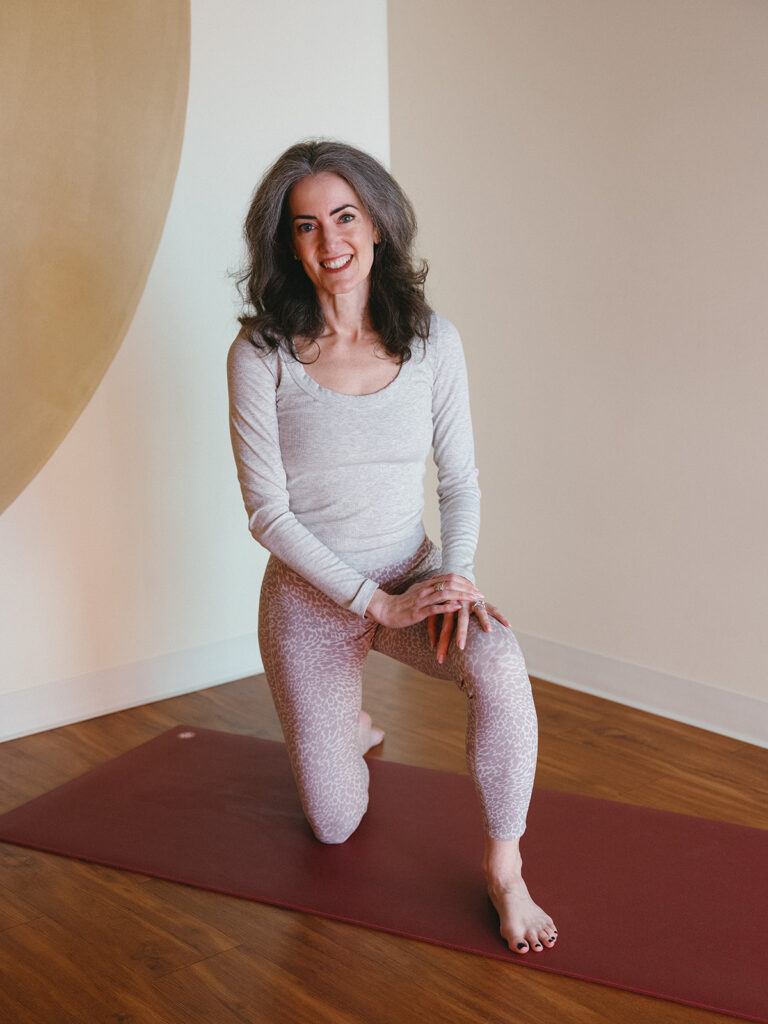Yoga teachers: imagine heading in to teach your class with the syllabus totally planned out—and also adaptable for whomever happens to be in the room that day. And not only do you know what you’ll teach in this class. You already know what the next several weeks will include, and how they will build on today’s lesson plan.
When you arrive, the studio is full of students eager to revisit what they’ve been working on all month, as well as to see what new twist you have planned for them.
That would feel pretty good, right? Let me tell you: it does. I know because I used to screw up my class planning for years before realizing consistency was key.
Students Need Consistency
Teachers try to make class exciting every week. But students don’t need excitement.
They need consistency.
I used to make the horrible mistake of changing my class format wildly from week to week. It’s embarrassing thinking back on it now!
For example, the day Pattabhi Jois died, I led the “warmup” for the Ashtanga Primary Series—damn the torpedoes, or whether it was appropriate for the students who were present.
A couple times a year, I’d decree it was yin/yang day, and teach Paul Grilley’s very beautiful dragon yang flows. They were cool, but students saw them once and, unless they came diligently over six more months, never again.
And none of these class plans built sequentially! They were like bottle episodes in a long-running series. They could stand alone—and they didn’t have much to do with the rest of the plot line in the week to week course. They didn’t advance the character arcs of students’ development in yoga.
Once I realized that the inchoate, random way I’d been planning wasn’t serving my students, I tried thinking about planning differently. Instead of showing up in a totally different outfit week to week, or offering a totally different menu week to week (I see you, Carmy from The Bear, with your silly idea to serve a whole new menu every night!), I’d find a way to present a well-balanced class that changed less often.
And this was what changed my classes into a vehicle for students’ transformation.
Students don’t need variety. They need consistency.
Consistency > Variety in Lesson Plans
I’ve been practicing yoga for 25 years. I go to classes two to five times a week, at my own studio and others. Many are with the same teachers, and have been for years. I notice something new in every class, even though the sequences are generally the same week in and week out! I want the consistency! All experienced practitioners do. We know that practice takes root when it’s attended to diligently over time.
The same thing goes for beginners. They need consistency so they can start to understand how to express yoga shapes in their bodies. Without a broad base, their practice will be unstable.
I’m not quite sure that anyone wants to be surprised week in or week out, anyway! Maybe the intermediate folks do, but they know just enough to be invested in the external aspects of the practice. Those at the other ends of the experience bell curve want consistency! And it’s how their practice will grow and flourish.
If you want to learn and use a simple and easy method for creating balanced lesson plans that your students will love, please read my latest book, The Art of Yoga Sequencing. You might also like this blog post: “How Thinking About Fashion Plates Helps You Plan Your Yoga Class.”
Then join me in Mastering the Art of Yoga Sequencing: A Mentorship Membership. We work over six months to give you a solid base of consistent lesson plans that will fill your classes, have students bringing friends, and free up your planning energy so you can be more present with your students during class.


